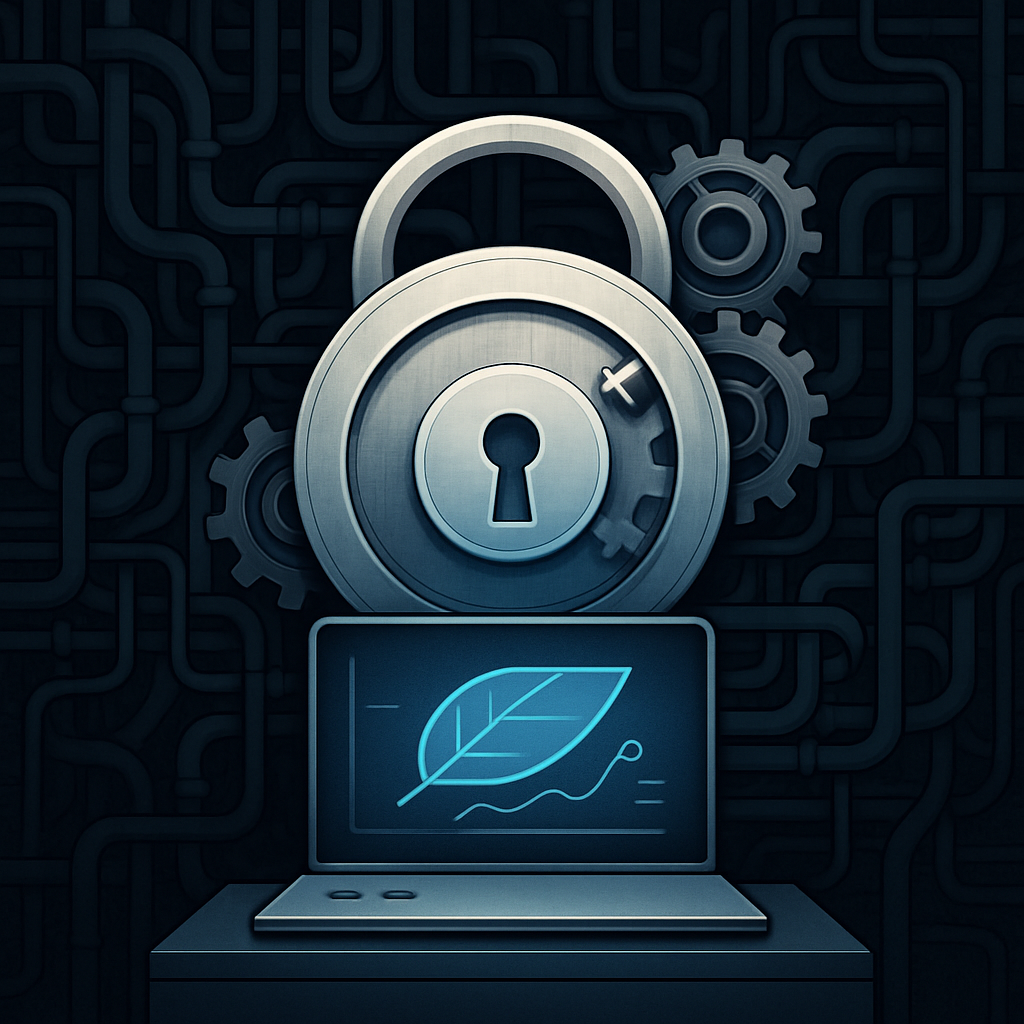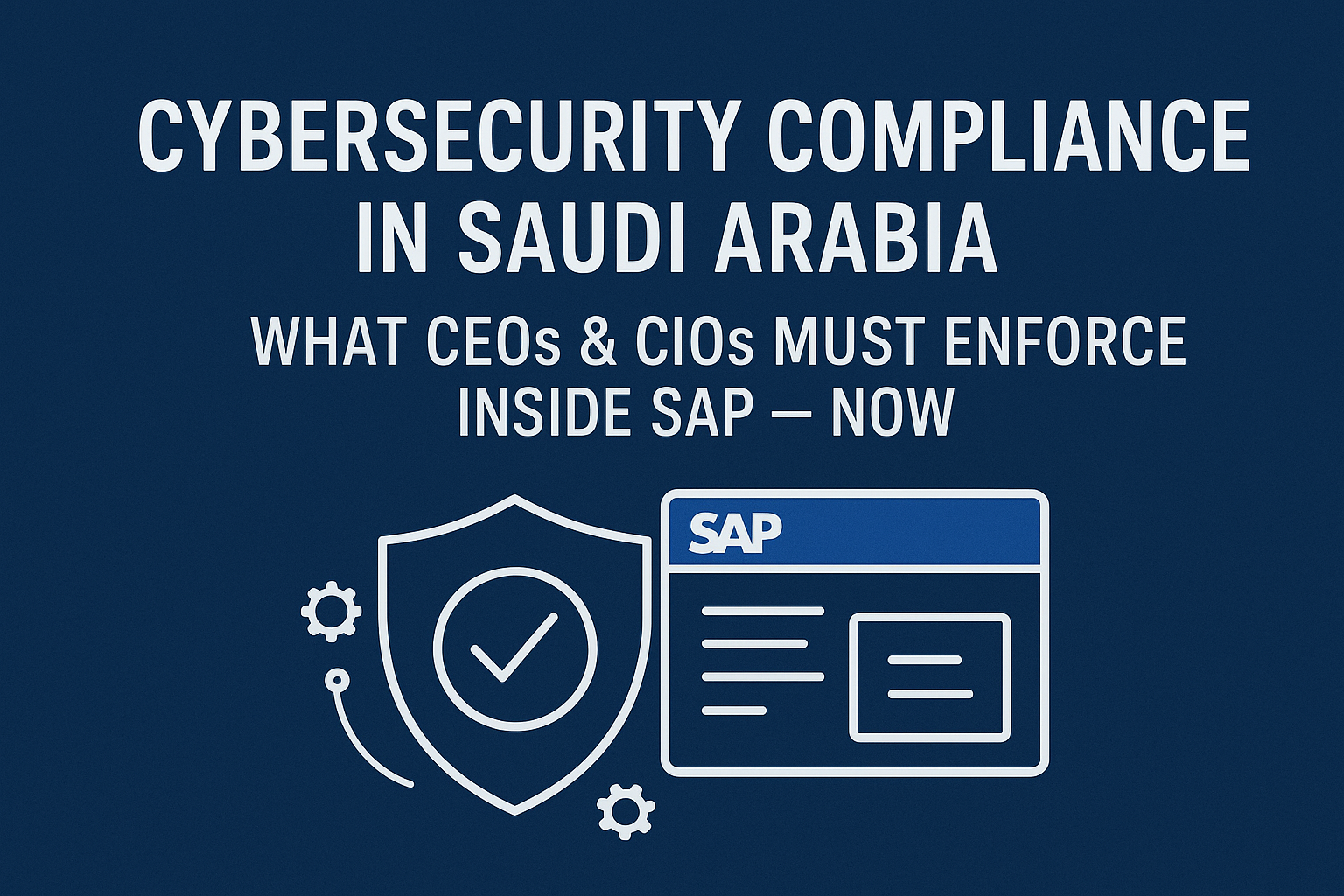Segregation of Duties (SoD) plays a foundational role in the integrity and reliability of enterprise operations. As organizations grow in size and complexity, so too does the challenge of maintaining clear lines between users' responsibilities within SAP systems. When these boundaries blur, SoD conflicts can arise, creating vulnerabilities that, if left unchecked, can expose organizations to fraud, error or regulatory pitfalls. In SAP environments, especially with the transition to S/4HANA platforms, strategic access design emerges as a guiding principle for mitigating SoD conflicts. Developing and maintaining robust authorization concepts tailored for various organizational tiers demands a deep understanding of SAP's technical landscape and awareness of business-specific risks. Addressing SoD is not merely a technical exercise—it is a proactive approach to organizational governance and risk management.
Understanding SoD Conflicts and Their Organizational Impact
SoD conflicts occur when an individual has access rights that grant control over multiple steps of a business transaction. This can mean a single user is able to both create and approve a payment, or initiate and reconcile accounts. These combinations present clear risks if not managed effectively, as they may enable unauthorized transactions or manipulation of critical business data. The consequences can range from financial misstatements to regulatory penalties and even reputational damage. The rise of multifaceted business models and digital interfaces adds further complexity, making it essential to implement a structured approach in access design. For each organization, no matter its size or industry, recognizing where SoD threats exist and how access control lapses may occur guides the development of effective mitigation strategies. SAP environments offer scalable frameworks for creating and enforcing these controls, incorporating best practices and rigorous audit trails.
Strategic SAP Access Design: Pillars for SoD Conflict Prevention
A strategic approach to SAP access design is rooted in three key pillars: Clarity, granularity and adaptability. Clarity in role definitions ensures every user’s responsibilities are explicit, leaving little room for overlap that could lead to SoD breaches. Granularity addresses the assignment of permissions at a precise level, avoiding broad or outdated authorizations that can collect over time. Adaptability accounts for organizational changes such as mergers, new regulatory mandates or evolving operational strategies. Through this framework, products and services like Authorization Concept for S/4HANA Small-Market, Mid-Market and Enterprise-Market guide businesses of varying scales in building bespoke authorization landscapes. These concepts frame each access decision, embodying not only the security requirements of the organization but also the regulatory and operational realities they must navigate.
Implementing Authorization Concepts Across Diverse Enterprise Scales
Tailoring Solutions for Small Markets
Small enterprises often operate with lean teams and limited in-house security expertise. Authorization Concept for S/4HANA Small-Market responds to this by providing a streamlined yet effective model that aligns access rights to job roles and business processes. Through this approach, organizations establish foundational controls that are not overly cumbersome yet encapsulate essential SoD safeguards. Automation and standardized templates foster quick adoption with minimal resource strain, ensuring even smaller organizations can demonstrate regulatory compliance and readiness for external audits without extensive IT investment. These solutions recognize the unique challenges small markets face, focusing on simplicity and efficiency while prioritizing risk mitigation.
Optimizing for Mid-Market Complexity
Large enterprises face some of the highest stakes when it comes to SoD. Volume, cross-border operations and complex hierarchies require a rigorous approach. Authorization Concept for S/4HANA Enterprise-Market addresses these dynamics with scalable, detailed authorization models that support disparate geographies, units and compliance frameworks. This approach leverages advanced automation to minimize manual effort in maintaining SoD controls, facilitating quick adjustments during corporate restructuring or changes in global regulation. For enterprises, documenting these controls and linking them directly to operational risk management practices is a practical step in surviving audits and supporting lasting business continuity. Tailored accordingly, these frameworks help integrate access design with organizational strategy.
GRC Solutions as the Cornerstone for Continuous SoD Assurance
Governance, Risk and Compliance (GRC) solutions extend the strategic value of SAP access design by orchestrating systematic checks, reporting and remediation for SoD conflicts. Implementation of GRC Solution enables automated SoD rule enforcement, real-time monitoring and dynamic risk scoring. In practice, this means that organizations receive not only alerts about potential access violations but actionable recommendations for resolution. Integration with authorization concepts ensures that business roles and permissions do not drift from approved standards as organizations evolve. GRC tools consolidate documentation, easing the burdens of regulatory reporting for standards like GDPR, SOX or ISO 27001. By embedding GRC capabilities into the access management lifecycle, organizations sustain ongoing vigilance against SoD risks and benefit from rapid adaptation when business conditions or compliance requirements shift.
Risk management must move beyond scheduled audits or periodic reviews. SAP Risk Analysis as a Service provides constant surveillance of access rights and workflow patterns, highlighting potential SoD violations before they escalate. This proactive subscription-based service employs advanced algorithms and continuous monitoring, allowing businesses to maintain real-time awareness of their risk landscape. Automated alerts and regular reports bring transparency to user activities, permission changes and the emergence of new conflict points. Outsourcing such monitoring frees internal teams to focus on core priorities while sustaining a robust and responsive control environment. The pace of business may change rapidly, but proactive risk analysis ensures that organizations remain a step ahead of threats, safeguarding assets and reinforcing trust both internally and externally.





